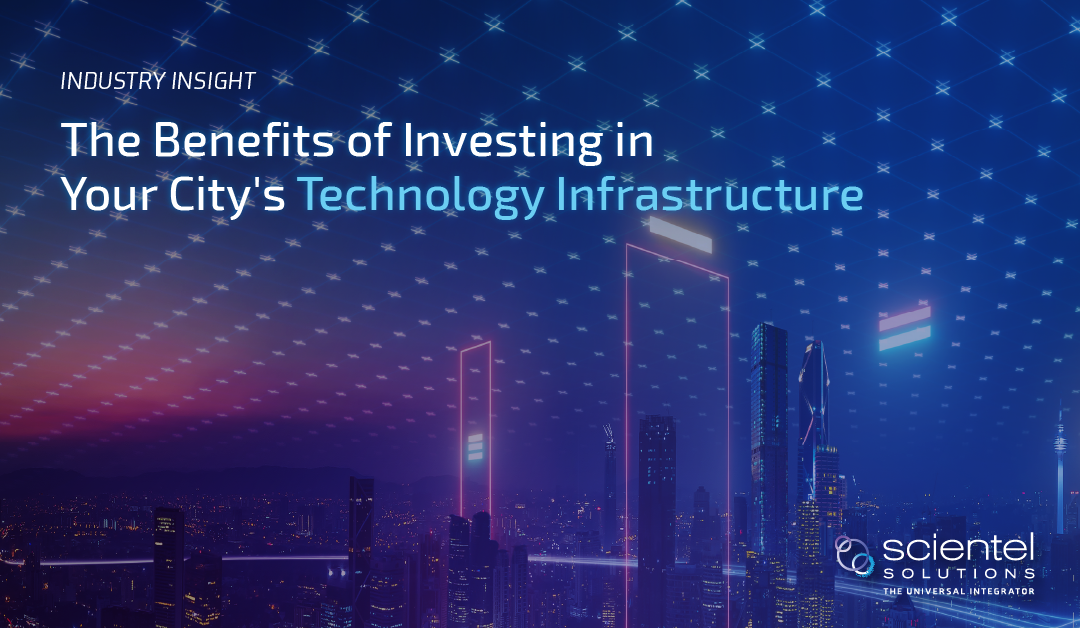by Scientel Solutions
With advancements in cyber threats and a higher need for SaaS-based (Software-as-a-Service) solutions, municipalities have shifted their focus to expanding their technology landscape. Many local governments have seen considerable benefits by working to increase data security and network communication. However, improvements to a city’s IT framework doesn’t stop at the governmental level. Residents within the community can take advantage of increased digital equity programs and upgraded services. Looking at Government Technology’s annual 2024 Digital Cities Survey, we see a few of the benefits cities gained by investing in their technology infrastructure.
Reduced Costs: The City of Allen, Texas
For population sizes between 75,000 – 124,999, the City of Allen, Texas, comes in 4th place. Over the last couple of years, Allen, TX, has worked to expand its communication practices and network expansions. The city has also been proactive in its disaster recovery planning and has implemented a single platform to manage the city’s hardware. By embedding IT solutions into the core of the city’s operations, opportunities to ensure reliable communication and cybersecurity have been streamlined. Through these actions, the city has been able to help save taxpayer dollars and contain the rising cost of technology fees.
Increased Community Engagement & Transparency: The Village of Schaumburg, Illinois
Coming in 8th place in the same population category as the City of Allen, for its focus on preparation, analysis, and accountability, is the Village of Schaumburg, Illinois. By providing a well-staffed IT department, the village’s officials are empowered to connect to constituents across multiple platforms to show the results of the village’s KPIs (Key Performance Indicators). Now, the village’s IT teams can use analytics, metrics, and engagement data to spot user trends and needs.
Improved Public Safety: The Village of Tinley Park, Illinois
Taking the 2nd place spot for populations up to 75,000 residents is the Village of Tinley Park, Illinois. By laying the foundation for creating a real-time, cloud-based crime center, the village has taken many steps to improve the safety of its constituents. Implementing LPR (License Plate Recognition) technology has also increased the video security capabilities for law enforcement officials. Additionally, the village of Tinley Park has outfitted its public safety teams with a new drone fleet, which has become a useful tool for first responders.
Enhanced Decision Making: The Town of Normal, Illinois
In 6th place for populations up to 75,000 is the Town of Normal, Illinois. With projects focusing on economic development, bolstering public safety, and improving accessible services, Normal maintains a clear path on its Smart City Roadmap. The data and analytics generated from the various initiatives created by the Town of Normal can be used to enhance the city’s long-term strategic planning.
Investing in IT infrastructure not only modernizes city operations but enhances the overall quality of life for its residents. It’s not just about upgrading technology—it’s about building a more sustainable and equitable environment for everyone. As more cities continue to nurture their IT infrastructure, they position themselves to grow and adapt to our increasingly digital world.

